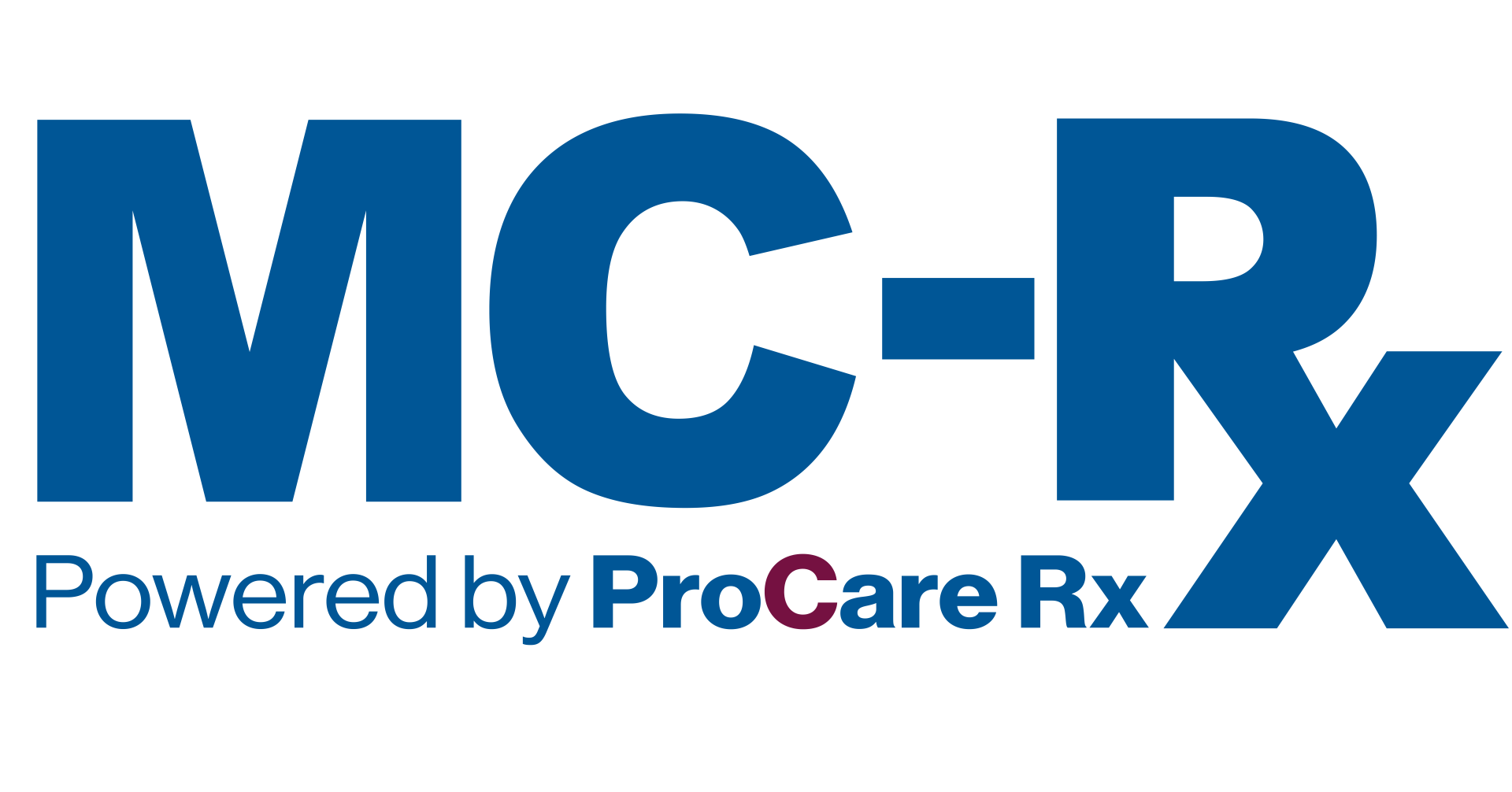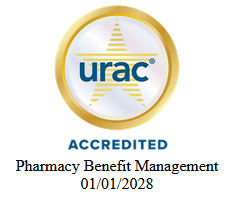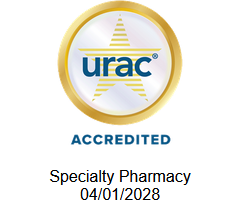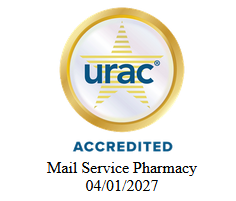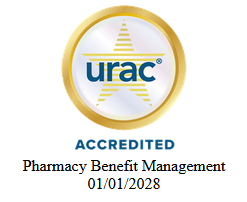Treatment Options for Rheumatoid Arthritis
There are dozens of medicines for rheumatoid arthritis.

What are the treatments for rheumatoid arthritis?
There are dozens of medicines for rheumatoid arthritis. The right one for you will depend on:
- The severity of your symptoms
- The number of affected joints
- How your disease has changed over time
- The side effects experienced from prescribed medications
- What your X-rays look like
- Your blood test results
In general, the treatment options include the following medications:
- "Nonsteroidal anti-inflammatory drugs," also known as "NSAIDs"
- Steroids
- "Disease-modifying anti-rheumatic drugs," also known as "DMARDs". These medications can be divided between biologic or non-biologic.
- Biologic DMARDs: Products obtained from natural sources (either human, animal, or microorganism) and may be produced by biotechnology methods and other cutting-edge technologies.
- Non-biologic DMARDs: Chemically formed products made by combining specific chemical ingredients in an ordered process.
Patients experiencing severe pain that does not improve with the medications listed above will sometimes be prescribed opioid pain medication. However, this is not usually necessary. Also, unlike the other medications used for rheumatoid arthritis, opioids do not help with inflammation or joint damage.
References:
- https://www.arthritis.org/health-wellness/about-arthritis/understanding-arthritis/what-is-arthritis
- https://ard.bmj.com/content/79/6/685
- https://www.rheumatology.org/Practice-Quality/Clinical-Support/Clinical-Practice-Guidelines/Rheumatoid-Arthritis
| Traditional (Non-Biologic) Disease-Modifying Antirheumatic Drugs(DMARDs): | ||
|---|---|---|
| Medication | Side effects/Interactions | Patient Education |
| Methotrexate (Trexall) | Nausea, vomiting, diarrhea | Folate can be given to lessen hematological, gastrointestinal, and hepatic side effects. |
| Hydroxychloroquine (Plaquenil) | Nausea, vomiting, diarrhea, rash, vision changes | Eye exam and muscle strength test should be done at baseline and every 3 months. |
| Sulfasalazine (Azulfidine) | Rash, headache, folate deficiency | Can cause yellow-orange coloration of skin/urine |
| Biologic DMARDs: | ||
| Medication | Side effects/Interactions | Patient Education |
| Adalimumab (Humira) | Infections, injection site reactions, headache, nausea | Do not shake or freeze, can be stored at room temperature for a maximum of 14 days |
| Infliximab (Remicade) | Screen for tuberculosis, signs of infections, and symptoms of heart failure | |
| Etanercept (Enbrel) | Antibody induction can occur and will lessen the usefulness of the drug, rotating injection sites | |
| Other Biologic DMARDs | ||
| Medication | Side effects/Interactions | Patient Education |
| Rituximab (Rituxan) | Infusion-related reactions, weight gain, peripheral edema | Before starting treatment, your doctor should screen for Hepatitis |
| Anakinra (Kineret) | Nausea, vomiting, abdominal pain, headache | Do not shake or freeze; refrigerate and protect from light |
| Tocilizumab (Actemra) | Injection site reactions, headache, high cholesterol | CBC and lipid panel should be done before therapy and every 3 months thereafter |
| *Important: These lists are not exclusive and are not intended to recommend any specific product. If your drug treatment is not on the list, please consult with your doctor and/or pharmacist. |



